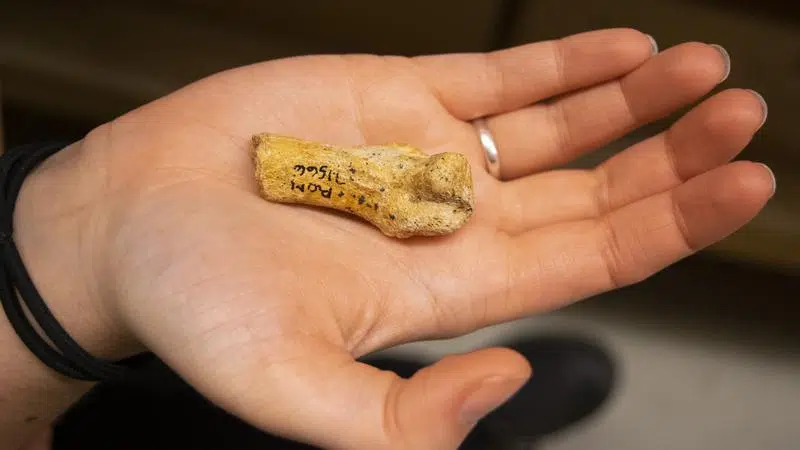
First sabre-toothed cat fossil in Canada found in Medicine Hat
MEDICINE HAT, AB — It’s a major discovery, made right in our backyard.
Researchers from the University of Toronto and the Royal Ontario Museum have confirmed the Smilodon Fatalis, also known as the sabre-toothed cat, roamed in Canada over 40,000 years ago.
The discovery came from a fossil, discovered over 50 years ago in Medicine Hat. It is the first evidence the prehistoric predator was in Canada.



